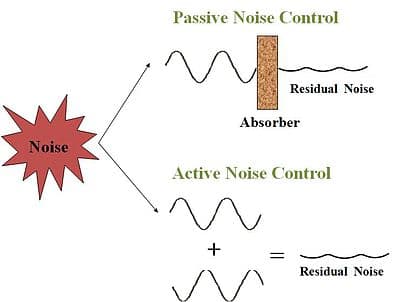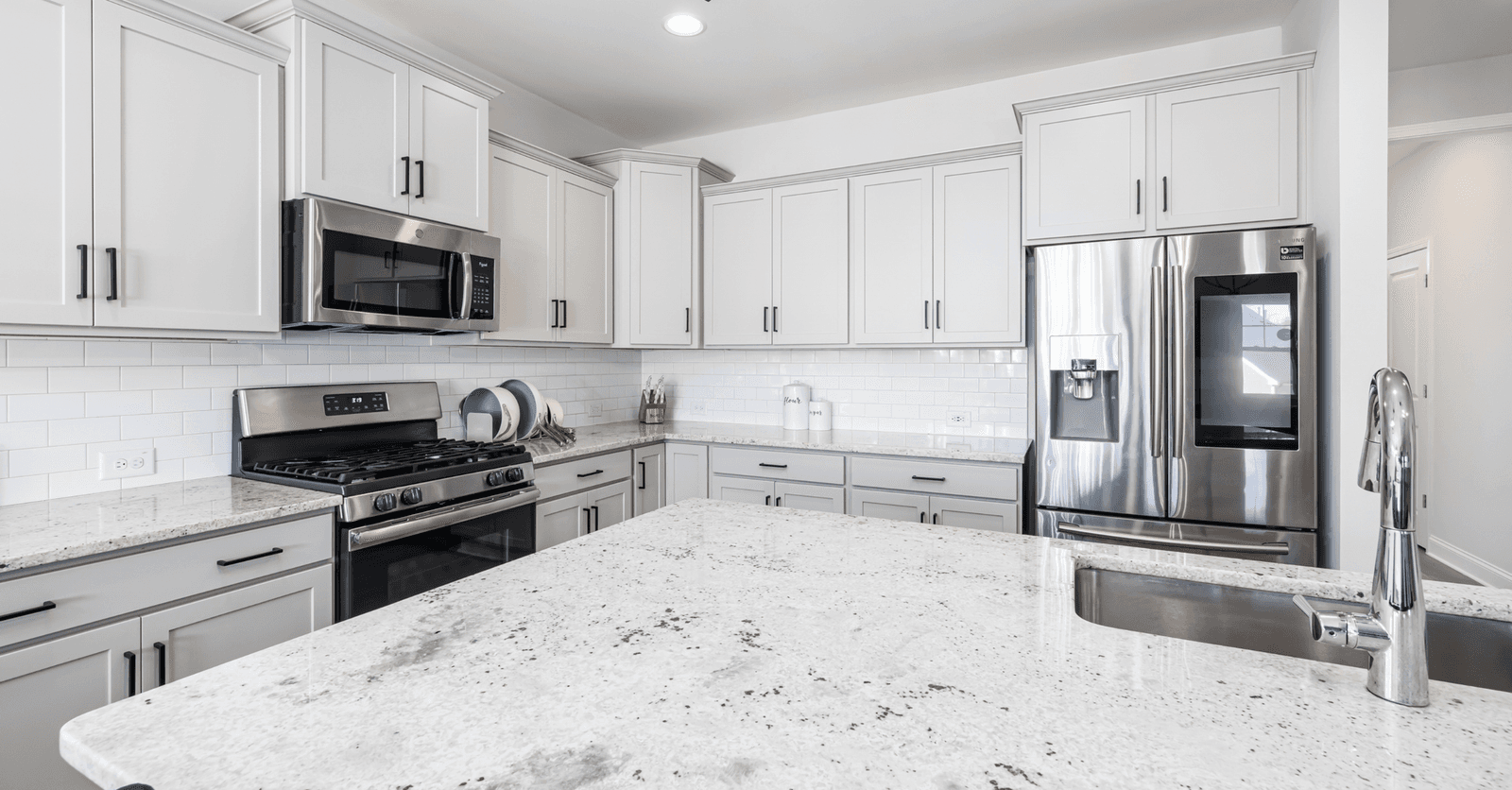
There are two main reasons why homeowners opt to insulate the walls of their homes from the outside: energy savings and optimized comfort for residents. By being far more effective than interior insulation, exterior insulation will allow you to save space and, in the process, renew the exterior facade of your home.
Energy losses via house walls due to inadequate insulation amount to 25% of heat losses. The reason for this is the overall condition of the insulation, which loses some of its thermal capacity over the years. Therefore, you must renew your exterior insulation to increase your home's energy efficiency.
Understanding the Basics of Exterior Wall Insulation

Photo: Pixabay
For renovation purposes, thermal insulation via exterior walls consists of replacing the insulation found on a structure's external envelope. This method might be necessary for a house dating back to the '50s or '80s, especially since new insulation materials offer better results and pose less of a health risk.
The basic principle of exterior insulation includes one important factor, which is thermal inertia. Thermal inertia happens to be relative to a home’s interior temperature. And it’s a material’s temperature-retaining capacity. In a house, it means maintaining thermal comfort for residents throughout the changing seasons. Be careful not to confuse thermal inertia and thermal insulation! Thermal insulation allows for limited heat loss, while thermal inertia is relative to the house’s capacity of retaining heat.

Photo: Isolation-MC2-inc
During summer, exterior walls tend to accumulate heat originating from sunlight. Heat is then progressively released inside the home, at a speed that is more or less significant depending on the thermal inertia. This is known as the thermal phase shift, which is a house’s thermal envelope material’s capacity to slowly impede heat transfer.
It’s impossible to completely halt exterior heat transfer. However, exterior wall insulation can decelerate this from happening and also retain cool air inside the home for longer periods.
During winter, the temperature inside the rooms bordered by outside walls is higher than the temperature outside. Meaning the walls will amass this interior heat and release it, little by little, minimizing significant heat loss, which in turn, maximizes energy savings.
In a nutshell, the exterior insulation system is simple enough. Basically, during summer, heat is retained outside, and during winter, inside.

Photo: Wikimedia Commons
Insulating Exterior Walls: Advantages
Thermal insulation via exterior walls is known for its dual capacity to effectively reduce heat losses and minimize exterior noise levels. Therefore, residents can benefit from both optimized thermal comfort and great soundproofing, which are two of the better advantages of this type of insulation. Amongst the many, more are:
The restoration of thermal bridges;
A good reason to revamp exterior siding;
The house’s interior won’t be overrun by workers;
The possibility of benefiting from financial assistance and tax credits;
Zero losses in terms of interior space already available in the home;
Energy savings when it comes to heating and air conditioning;
The reduction of heat penetration during summer and of cold breezes during winter.
Insulating Exterior Walls: Drawbacks
Since nothing is perfect and there’s always another side to a coin, here’s a look at the drawbacks related to this option:
More expensive than interior wall insulation;
The process can cause certain architectural constraints;
Can require a roof overhang to shield walls from adverse weather conditions;
The building permit for such renovations can be difficult to obtain if your house is located in a historical district in which changes to a house’s facade aren’t permitted.
Material Costs
Thermal insulation materials are differentiated by their composition and respective characteristics. Thermal and soundproof capacities, as well as the ability to withstand fires and humidity, are elements that are just as valuable and should be taken into account before choosing the ideal material to insulate your exterior walls.
You’ll also need to choose between mineral, natural, or synthetic insulating materials; yet another hurdle. It’s widely suggested to inquire with insulation professionals to find the right insulating material for your needs and budget.
For residential renovation and construction, the most commonly used insulating materials are polyurethane (or urethane), extruded polystyrene (synthetic insulation boards), fibreglass, and rockwool (mineral insulation). If you’re especially tempted by eco-friendly insulation, you’ll surely be interested in natural insulation such as wood fibre or hemp wool.

Photo: Pixabay
Closed-Cell Polyurethane
Sold in either a spray format or boards, polyurethane is an efficient insulation material. It’s especially resistant to compression and wholly adapted to withstand humidity, making it very versatile. It’s mainly used to insulate basement walls, exterior walls, concrete slabs, and roof-supporting attics. Polyurethane boards are rather difficult to install and often require the help of a licensed professional, as opposed to using a spray format, which is quick and easy to install.
Spray urethane foam is first administered, then it expands and cures shortly after its application. It’s also a lot more practical as, unlike other types of insulation, its composites are stable and retain their qualities, long-term. Also, its adherence to construction materials, as well as its ability to be introduced into hard-to-reach areas, is such that it can suit any cavities and cracks inside walls, without joints, which will fend off a build-up of condensation and other airflows.
Closed-cell polyurethane can be used as an air or vapour barrier to ensure the home’s envelope is impermeable (thermal resistance of R-3.2 to R-5 per inch). As such, it’s an excellent moisture absorber and protects against underground radon leaks. On the other hand, amongst the drawbacks, one will notice reduced thermal comfort during summer, as well as quasi-inexistent soundproofing and fire resistance. However, it’s featured amongst the most cost-effective and long-term insulation methods. Costs run at about $3 per square foot.
Recently, an eco-friendly spray urethane foam formula has made its way onto the market. Encased in recycled spray bottles and made with renewable soybean oil and water, it increases your roofing’s sturdiness and figures as an almost superior insulation material compared to standard urethane due to its higher R-value (above R-6 per inch).
Extruded Polystyrene (XPS, PSX)
Sold in board form, extruded polystyrene is used to insulate basement and exterior walls. It costs roughly $3.60 per square foot and is rather simple to install. Extruded polystyrene is extremely resistant, with a thermal resistance of R-3.6 per inch. However, this product does have some drawbacks, since its soundproofing and fireproofing properties are non-existent. Furthermore, it releases toxic fumes in the event of a fire.

Photo: Pixabay
Glass Wool
Glass wool (formerly known as fibreglass insulation) is mineral insulation. It’s a mix between liquified glass and sand sold in batt or blown-in formats. Its thermal resistance is R-3.17 per inch. Glass wool is made from recycled glass (up to 57%). Its fireproofing properties are quite decent. This product is widely used in walls and attics. However, it’s prohibited from being used in basements, as the product isn't foolproof against humidity. Glass wool costs $1 per square foot.
Rockwool
This material is rock-based or made with iron ore transformed into fibres. Unlike glass wool, rockwool is extremely resistant to humidity, making it a decent exterior wall and foundation wall insulation. Its thermal resistance is R-3.17 per inch, with really good sound- and fireproof properties. Furthermore, its price point is rather worthwhile: $1.20 per square foot.

Photo: Pixabay
Wood Fibre
Eco-friendly therewithal, wood fibre is an efficient way to insulate exterior walls. Wood fibre panels are also perfectly up to speed with the Construction Code of Quebec. This eco-friendly product won’t negatively impact the health of residents. In terms of costs, expect to pay about $1.20 per square foot.
Hemp wool
Hemp is known for its anti-bacterial properties, as well as its resistance to fungi and insects. It’s used for exterior walls, partition walls, roof, and floor insulation. Its thermal performance is R-3.7 per inch. This product has decent soundproofing properties and has zero impact on airflow within the dwelling. Moreover, it has a fire retardant treatment. It costs $3 per square foot.
To learn more about this subject matter, check out our article The Cost of Insulation: Materials and Techniques.

Get 3 renovation quotes for your exterior wall insulation project
Renoquotes.com can help you get quotes for your exterior wall insulation project. By submitting your project, we’ll put you in contact with top-rated contractors. Fill in the form on the homepage (it only takes a few minutes), and you will get estimates from trusted professionals.
Dial 1-844 828-1588 to speak with one of our customer service representatives.
Looking for something else?
Related articles
The latest industry news, interviews, technologies, and resources.

Editorial Team
•07 Nov 2023
Creating, building and tending to your very own garden will let your yard come to life. This project has many benefits, alongside the aforementioned beauty that it brings, it’s also an excellent hobby, good exercise and an excuse to spend some time in the great outdoors.

Editorial Team
•31 Mar 2025
Are you an aspiring musician looking to record your first album in your very own studio? Or maybe you work from home alongside some fairly rambunctious children that can't seem to keep it down during work hours? Whatever the case, if you're looking to make a space quieter, there are various ways to soundproof a room or section of your home.

Editorial Team
•19 Jan 2024
A septic tank with faulty waterproofing is evident through foul smells, drainage problems, or even wastewater backing up into your home.

Editorial Team
•25 Sep 2024
Looking to change your kitchen countertop but think you can’t afford it? A countertop is a work surface that needs to be both practical and aesthetically pleasing. It is also one of the elements that can be very expensive when renovating a kitchen.

Cynthia Pigeon
•18 Aug 2025
Are you thinking about installing a commercial roof, but just aren’t sure what type of roofing you’ll need? Are you looking to renovate a commercial rooftop and need some additional information to make the best possible choice? Well, you've come to the right place! Keep reading to learn all about the different materials, features, benefits, and prices for commercial roofs.